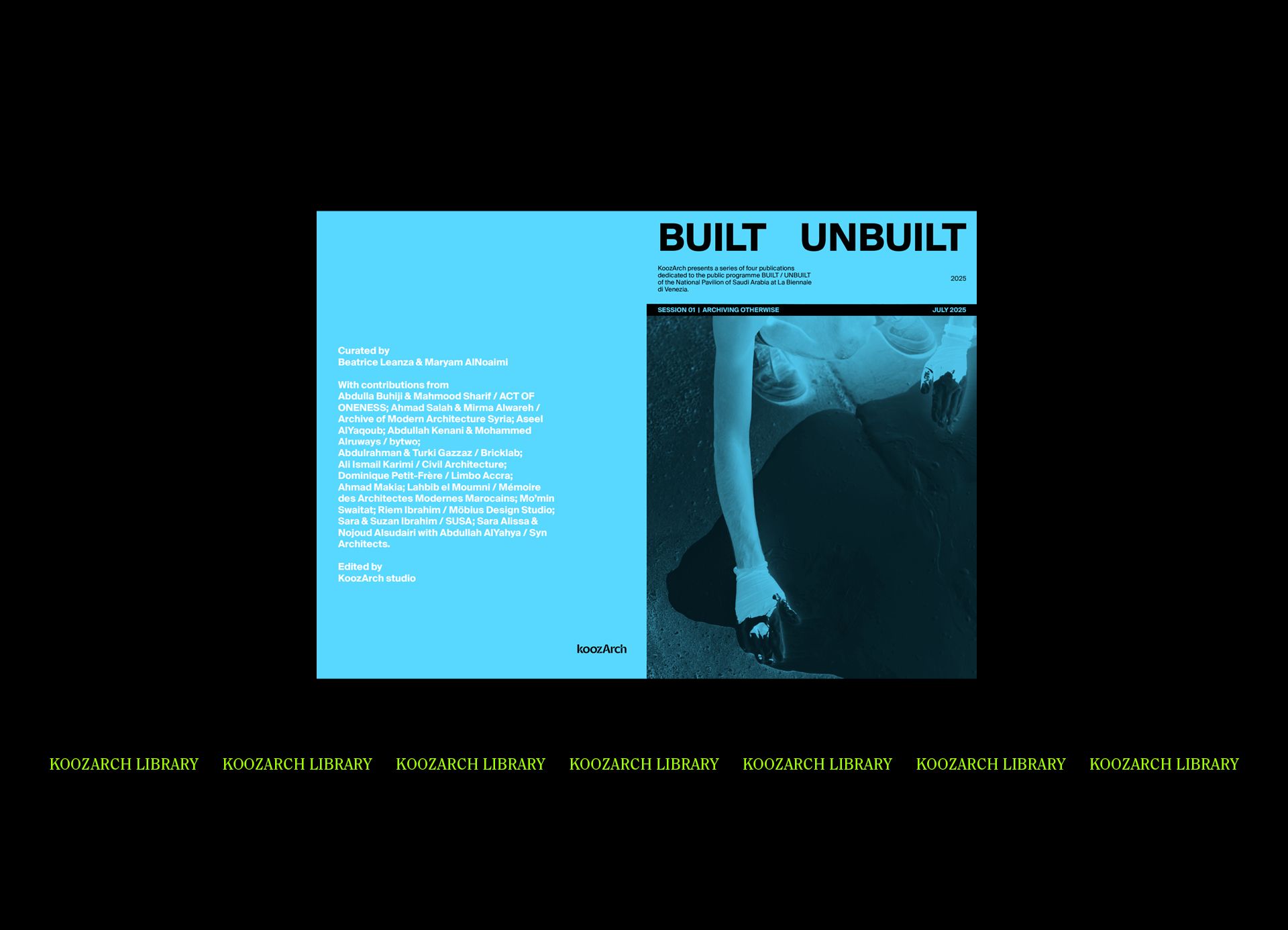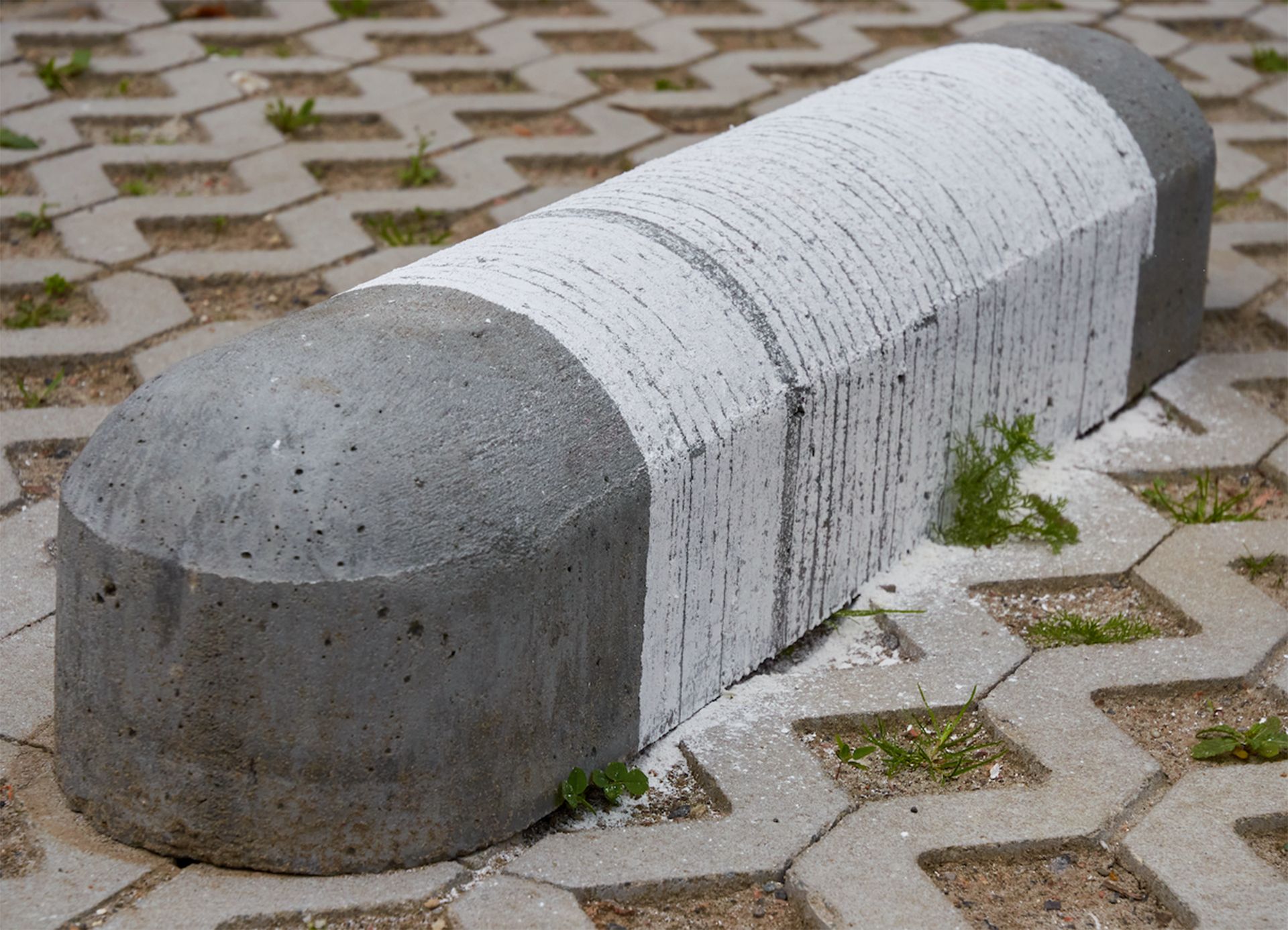Since 1974, Nicosia still remains until today the only divided capital when the island was divided after decades of conflict into the two parts: the Greek Cypriot side and the Turkish Cypriot side. In the meantime, the act of separation and the spatial consequences of the political conflict gave birth, on an existential level, the need to dwell, within a distorted understanding of what the two sides perceived as familiar. Domestic spaces were adapted. Streets were renamed. Narratives were suppressed. Monuments were either neglected or used as significant sites for the inscription of national ideologies, gradually producing culturally homogenous sides. The Buffer Zone on the other hand remained the only untouched territory were dusted forgotten objects, the absence of subjectivities, the abandoned and once habituated houses, the gardens and rivers no-one can cross, the leftovers of important historical moments, are camouflaged by a delirious and romanticized perception, often projected as an attraction or a territory for environmental study.
The illustrated story is an example of how important it is to abandon the distinction between the real and the virtual and to understand how architecture is able to raise problems by using the different means of communication productively, as instruments, for problematization, questioning, in this case, violent ideas of identity.
The illustrated story "The Great Island of Replicas", received an Honourable Mention at the 2019 annual Fairytales Competition organized by Blank Space. It was first published under the title: “Poetics for the Uncertain” within the book Archifutures Vo.6. Agency: A field guide to reclaiming the future of architecture, published by DPR-Barcelona and edited by Sophie Lovell back in 2020.
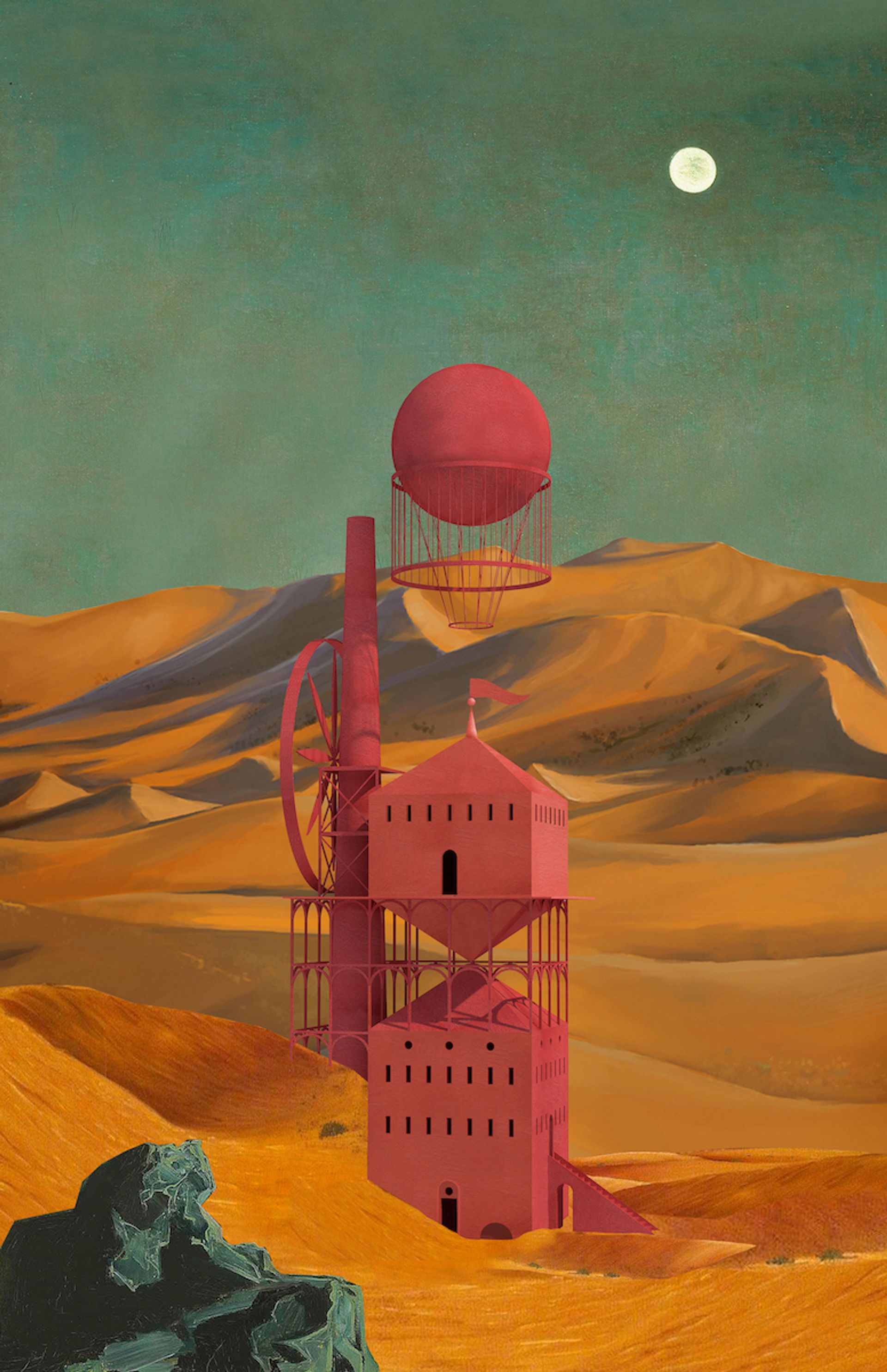
KOOZ What prompted the project?
CM Roland Barthes once wrote “… the best weapon against myth is perhaps to mythify it in its turn, and to produce an artificial myth: and this reconstituted myth will in fact be a mythology. Since myth robs language of something, why not rob myth?” (Barthes, 1957). The illustrated story titled: “The Great Island of Replicas”, explores the notion of myth in the context of architectural language as one of the many forms of articulating and expressing identity. It is an homage to post-traumatic territories where everyday life and “normality” is disrupted by the unexpected creation of ruins within our cities that threatens our “sense of self”. It explores through images and text, the idea of loss and the horror for the unfamiliar that often leads to barbaric, unorthodox and extreme acts.
“Architecture, is not simply a platform that accommodates the viewing subject. It is a viewing mechanism that produces the subject” - Beatriz Colomina
KOOZ What questions does the project raise and which does it address?
CM One of the important issues that this fictional story tackles is that of the relationship between the built environment and identity. Beatriz Colomina in Sexuality and Space argued that “Architecture, is not simply a platform that accommodates the viewing subject. It is a viewing mechanism that produces the subject”. Under this line of thinking, one could question spatial imaginaries by taking into account the political dimension of space, knowledge and subject production. If we agree that these are not given but are conceived, how can architectural practice produce subjectivities and life otherwise?
KOOZ What informed the choice of an illustrated narrative as mean through which to present the project?
CM I am very happy that you made this question. I have always tried gently to push allegories, as literary devices, that contain deeper explorations of certain ideas within my work. For me, the idea of the allegory deals with one fundamental problem: to capture a certain form in pure, simple ways that go beyond the written or visual narrative, while keeping the problem that concerns the writer alive. Its form derives by the relationship between the text and the visual representation which is crucial in trying to control the storyline and the imaginary proposed. Architecture has a similar task. Considering the work of political cartoonist or even classic examples of allegories such as William Shakespeare’s “The Tempest” or L. Frank Braum’s “Wonderful Wizard of Oz”, I would argue that the beautiful thing about allegories lays in its approachable manner, manifesting as an object for discussion by a broader audience.
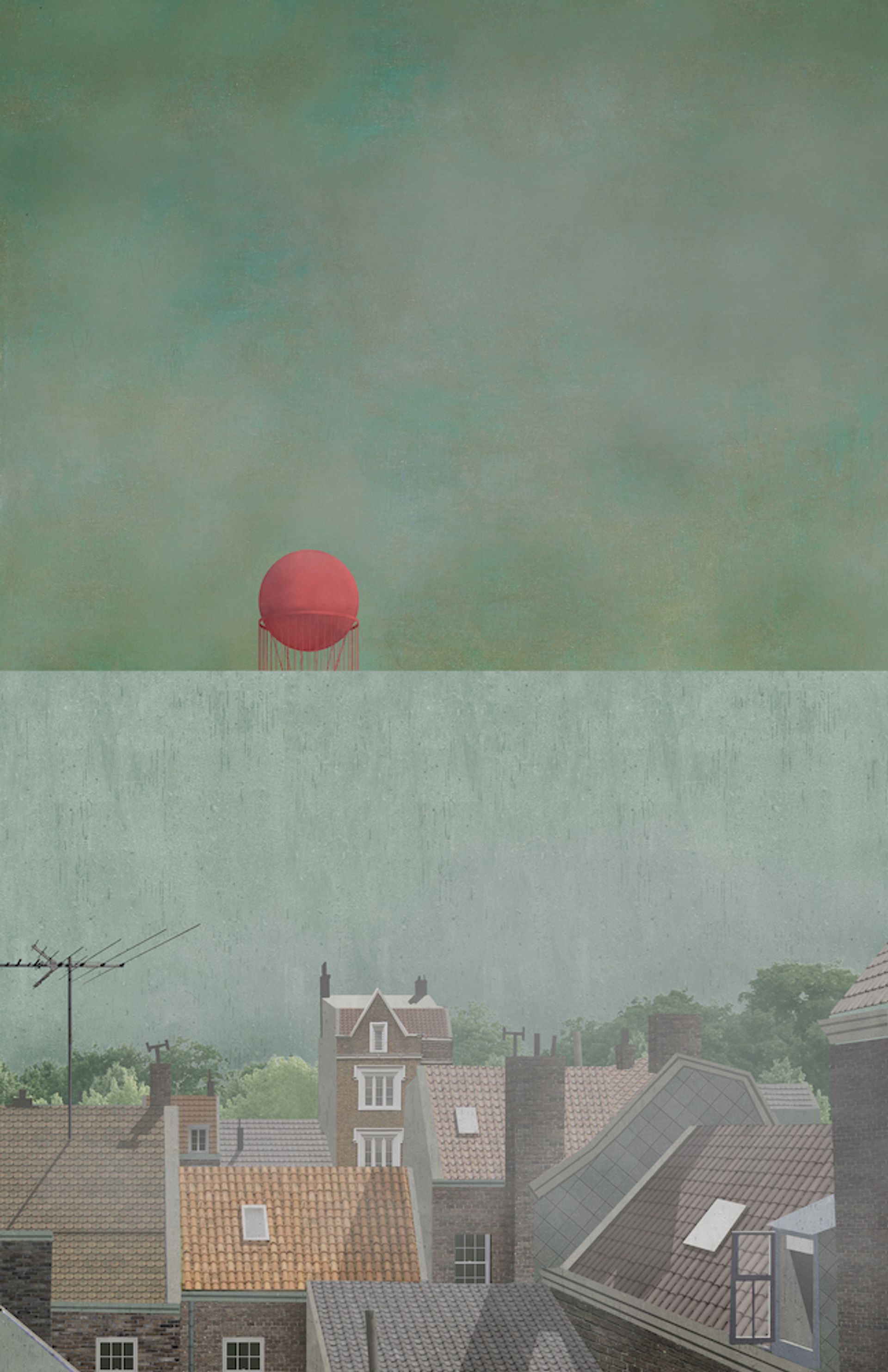
KOOZ How does the project approach and explore the notion of "replica"?
CM The story takes place in a post-apocalyptic era and it is in fact a dialogue between a journalist and an Archaeologist. Creating Archives, mapping, documenting, replacing the ruins with replicas are some of the acts that took place in the story. From post-colonialism to the rise of the Nazi rise to power, the idea of the replica symbolizes the way architecture, throughout history, was weaponized to treat an identity crisis.
KOOZ Could you expand on the project as "an example of how important it is to abandon the distinction between the real and the virtual"?
CM If Architecture is not just built matter but the embodiment of values, idelologies and the affects of human interaction, then communication and representation, knowledge and information need to be understood as fundamental assets with the potential of projecting complex social and political issues such as in the case of “The Great Island of Replicas” and Cyprus. “The Great Island of Replicas”, as a poetic for an uncertain future where ruins become monuments to the unavoidable nature of transience human existence, acts as an example on how architecture can raise issues by using different means of communication productively, as instruments, for problematisation.
If Architecture is not just built matter but the embodiment of values, ideologies and the affects of human interaction, then communication and representation, knowledge and information need to be understood as fundamental assets.
KOOZ What informed the construction of the specific images through which the project is articulated?
CM The fictional story was very much based on the exceptional case of Cyprus. Without ever actually referring to the case of Cyprus, allegories are used both in text and in the narrative’s visual representation suggesting that loss and the iconography of trauma shape not only the way individuals reconsider the urban realm but also the collective cultural production on different scales.
KOOZ What is for you the power of the architectural imaginary?
CM The power of the imaginary lays on Friedrich Nietzsche’s “perspectivism”, which has to do with our own ability to recognize, deconstruct, or counteract the human condition in theory and practice. Imaginaries derive from reality and although they are unbuilt narratives due to their nature, they are undoubtedly important because they have the ability to claim their own place in the world by shaping the foundations of society and projecting at the same time a possibility for futures to come. On the other hand, it has more to do with projecting a certain problematic than offering a solution. For me, the beauty of the imaginary has to do with the unwritten rule that takes into account: nothing we see is taken for granted.
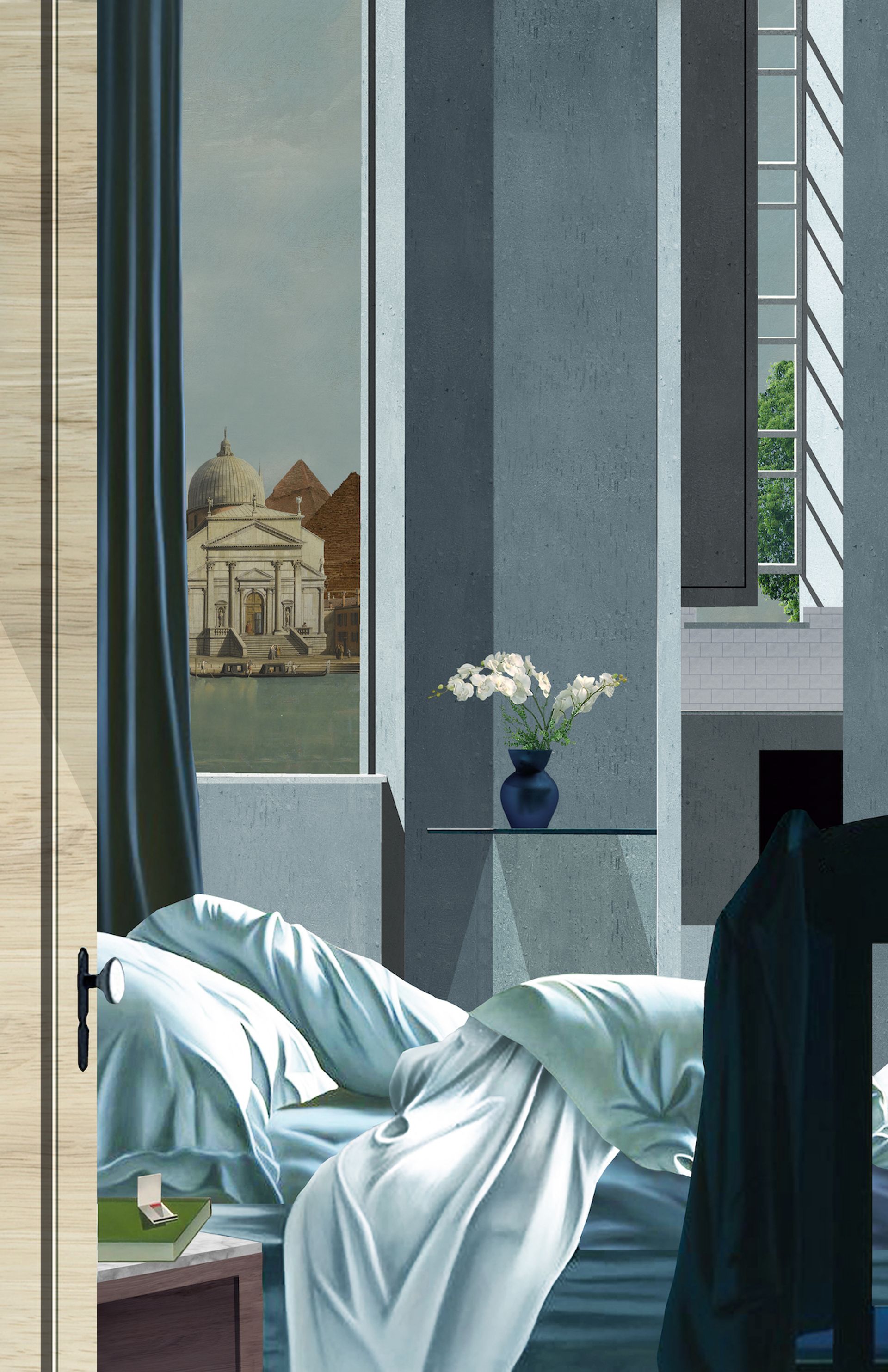
Bio
Constantinos Marcou (London, 1988) is a British Cypriot writer, architect and urban designer based in Larnaca, Cyprus. He studied Architecture at the University of Cyprus and continued his studies at UCL. In 2014, he founded the Atelier for Architecture + Research, a platform through which he developed a critical form of practice where research and design coexist, exploring spatial politics and urban conflicts and the complex relationship between architecture and socio-political reform in the context of emancipatory struggles. Since then, he has been engaged with several projects, for which he received international awards and recognition by prestigious institutions and organizations such as Unesco and the UIA (International Union of Architects) and Talin Architecture Biennale. In 2020, he was selected as one the twenty-five fellows for the Future Architecture Platform.


